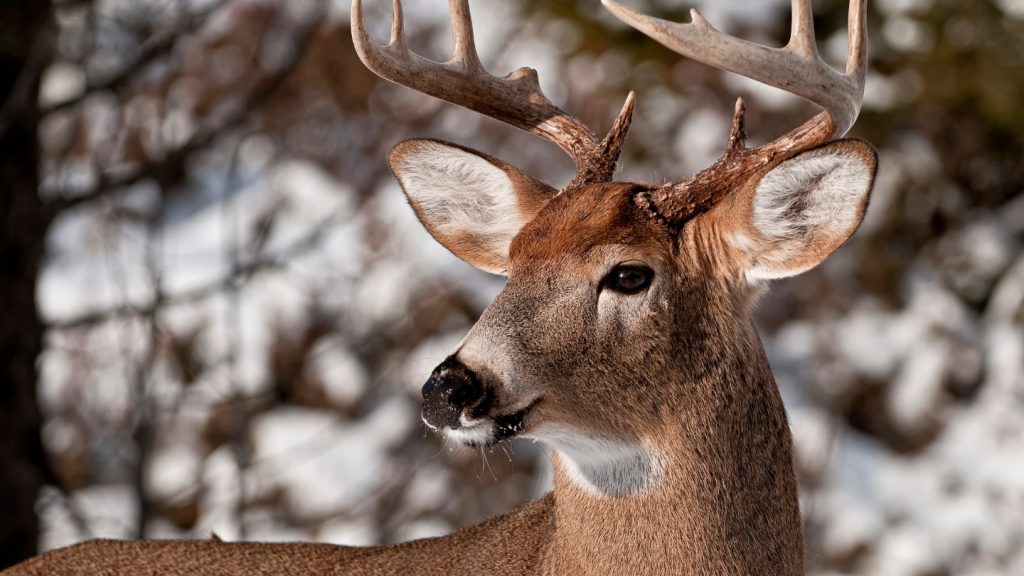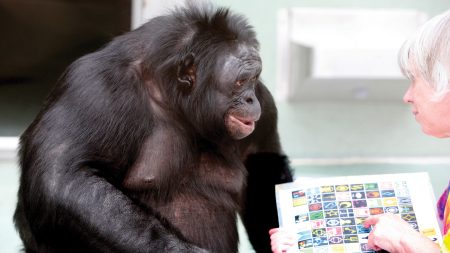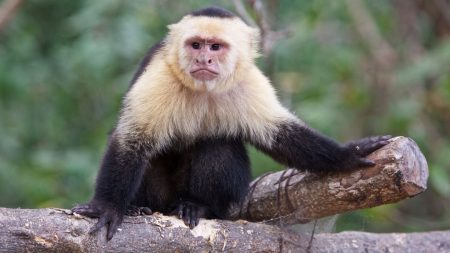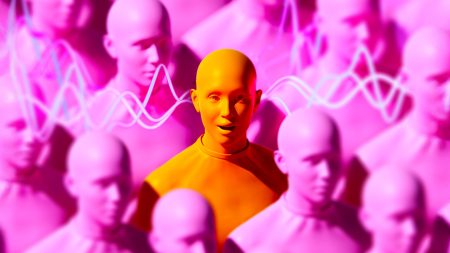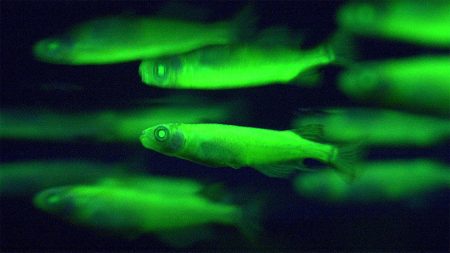Scientists recently revealed the first detailed structure of an infectious prion responsible for causing chronic wasting disease (CWD) in deer. This discovery could potentially aid in the development of vaccines or provide insight on why the disease has not yet crossed over to humans. Researchers found a 180-degree twist between sections of the prion that does not exist in versions engineered to infect rodents. Understanding how deer prions misfold may help shed light on why CWD has not easily spread to humans.
Similar to Creutzfeldt-Jakob disease in humans, CWD prions in deer, elk, and moose transform a healthy brain protein into misshapen versions that clump together. Although studies show the risk of humans contracting the disease is extremely low, concerns have been raised due to the spread of CWD among animals that people consume. Despite the potential risk, no known cases of CWD transmission to humans have been reported. Research into the misfolding of deer prions is crucial in determining why the disease has not made the leap to humans.
Byron Caughey, a biochemist at the National Institutes of Health’s Rocky Mountain Laboratories, explains that prions are challenging to study due to their sticky nature and tendency to cling together. Previous studies on other prions showed that they stack together like plates, but researchers found potentially key differences in the natural prion from white-tailed deer brain tissue. The 180-degree twist in the deer prion’s protein is a significant distinction from rodent-adapted versions. Additionally, the deer prion lacks some loops present in the rodent-adapted versions, which could impact the spread of CWD among deer and its potential transmission to humans.
The unique structure of the deer prion may provide clues as to why CWD does not easily spread to humans. Differences in the protein’s composition could create barriers to transmission or infection in human cells. Researchers believe that electric charges or fitting issues between human PrP and the CWD prion could be factors that prevent cross-species transmission. Understanding these structural differences could assist in predicting the potential risks associated with CWD transmission to humans and developing preventive measures, such as vaccines or drugs that inhibit prion clumping.
Having a clearer picture of the structure of the infectious prion causing CWD in deer enables scientists to make informed decisions regarding the potential for cross-species transmission and the development of preventive strategies. The detailed analysis of the misfolded proteins offers insights into the mechanisms of prion diseases and their potential impact on human health. Further research into the unique features of the deer prion could provide valuable information for assessing the risks associated with CWD and developing effective interventions to mitigate its spread. Improved understanding of prion misfolding could lead to breakthroughs in treating and preventing neurodegenerative diseases caused by prions.









